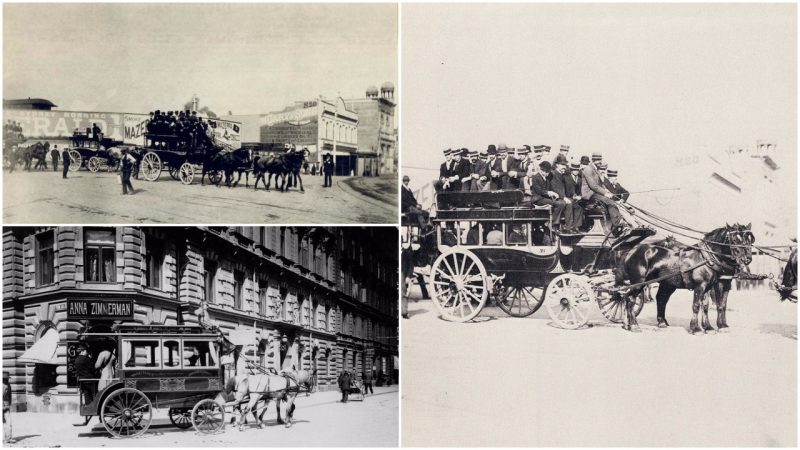A horse-bus or horse-drawn omnibus was a large, enclosed and sprung horse-drawn vehicle used for passenger transport before the introduction of motor vehicles.
It was mainly used in the late 19th century in both the United States and Europe, and was one of the most common means of transportation in cities.
In a typical arrangement, two wooden benches along the sides of the passenger cabin held several sitting passengers facing each other.
The driver sat on a separate, front-facing bench, typically in an elevated position outside the passengers’ enclosed cabin. In the main age of horse buses, many of them were double-decker buses.
On the upper deck, which was uncovered, the longitudinal benches were arranged back to back.
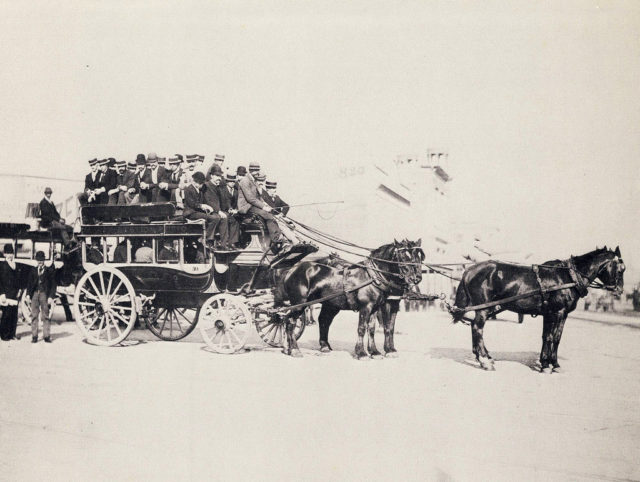
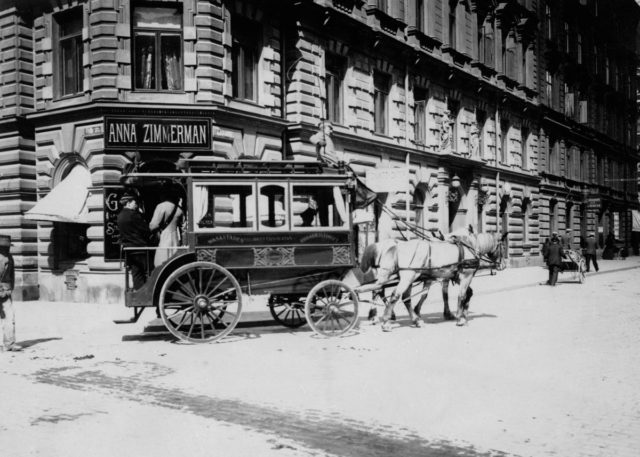
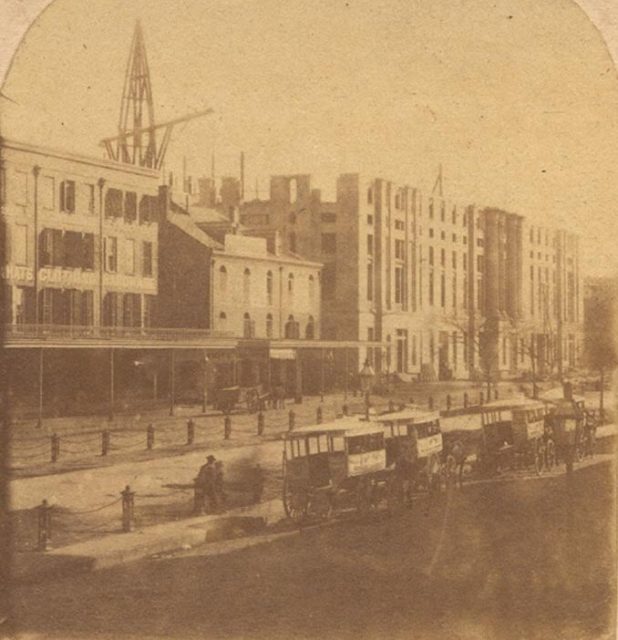
The Paris omnibus was started in 1828 by a businessman named Stanislas Baudry, who had begun the first French omnibus line in Nantes in 1826, using two spring-suspended carriages, each for 16 passengers.
The name was said to come from the station of the first line in Nantes, in front of the store of a hat-maker named Omnes, who had a large sign on his building saying “Omnes Omnibus” (“All for all” in Latin).
Following success in Nantes, Baudry moved to Paris and founded the Enterprise des Omnibus on rue de Lancre, with workshops on the quai de Jemmapes. In 1827 he commissioned an English coach-maker, George Shillibeer, to design a vehicle that could be stable and carry a large number of passengers.
Shillibeer’s design worked. On 28 April, 1828, the first Paris omnibus began service, running every fifteen minutes between La Madeleine and la Bastille.
Before long, there were one hundred omnibuses in service, with eighteen different itineraries. A journey cost twenty-five centimes.
The omnibuses circulated between seven in the morning and seven in the evening; each omnibus could carry between twelve and eighteen passengers.
The busiest line was that along the Grand Boulevards; it ran from eight in the morning until midnight.
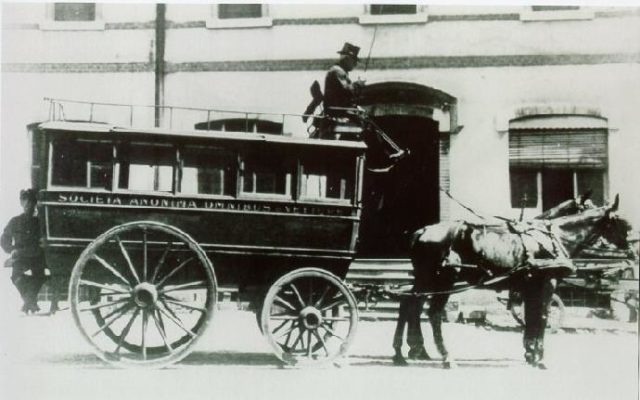
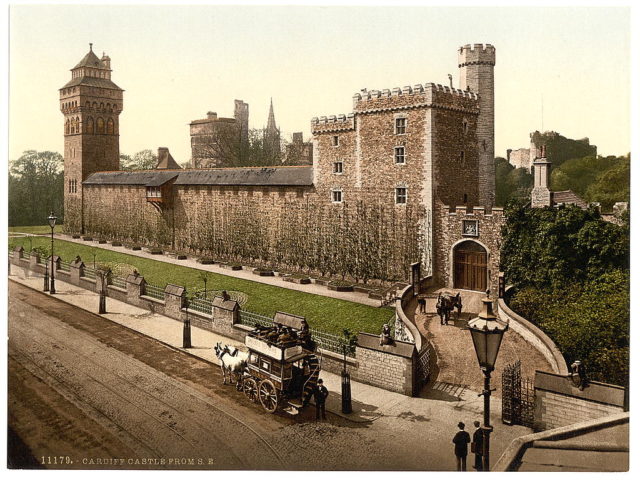
Buses have been used on the streets of London since 1829, when George Shillibeer started operating his horse-drawn omnibus service from Paddington to the City of London.
In 1850 Thomas Tilling started horse bus services, and in 1855 the London General Omnibus Company or LGOC was founded to amalgamate and regulate the horse-drawn omnibus services then operating in London.
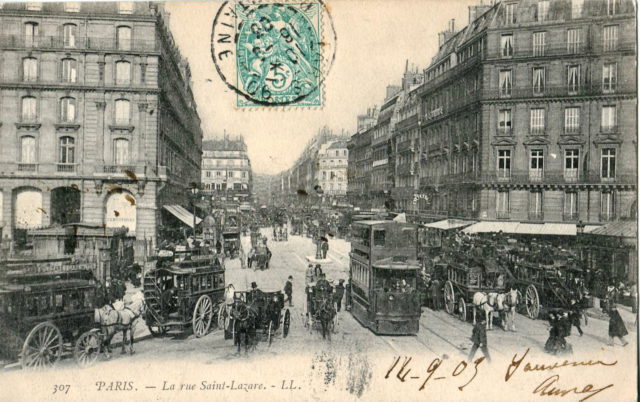
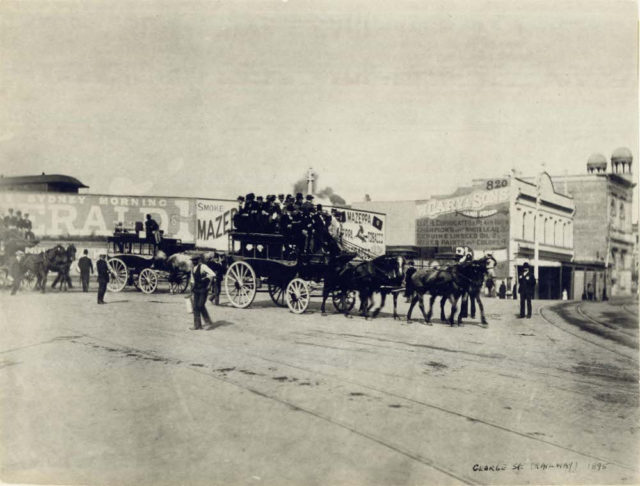
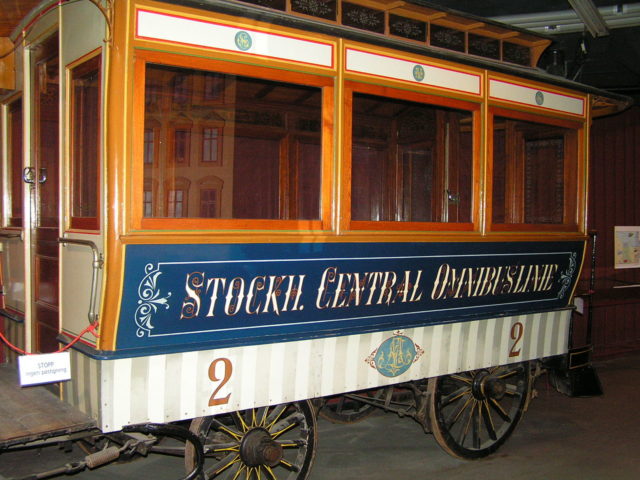
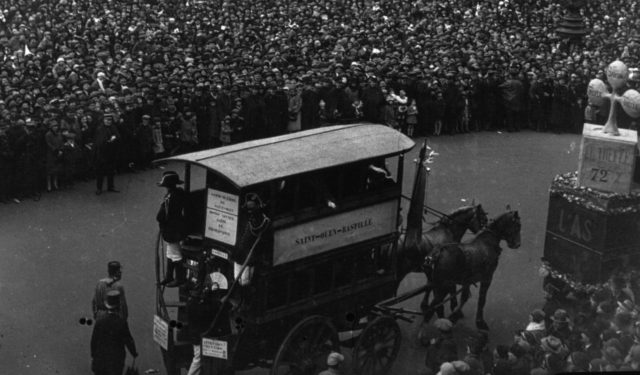
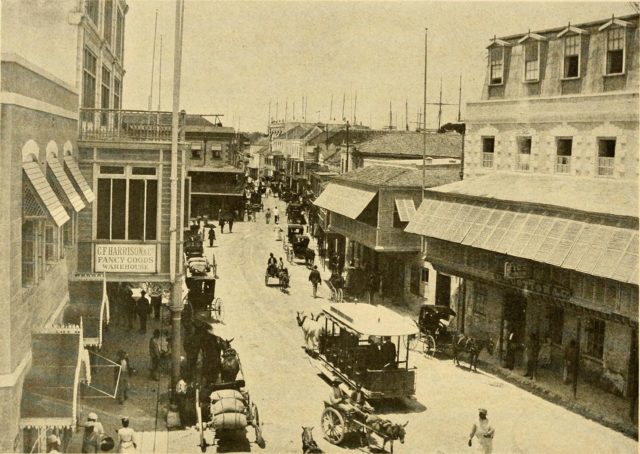
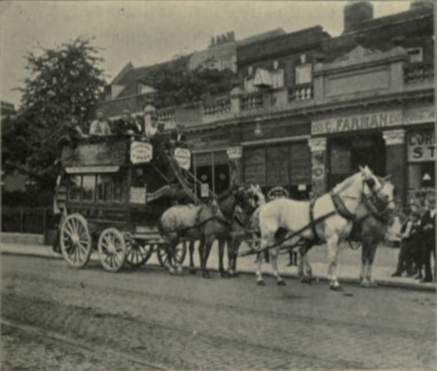
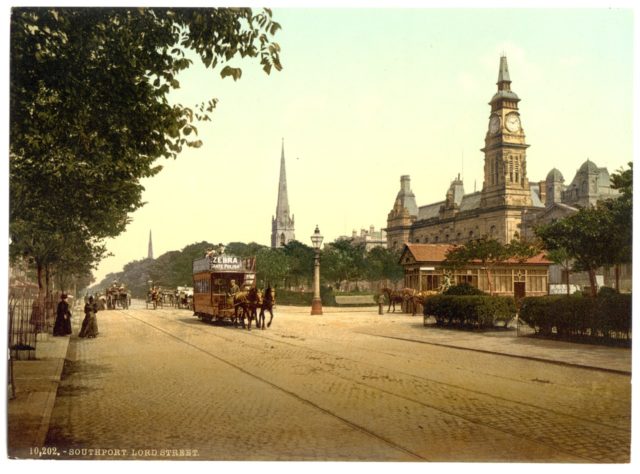
From the end of the 1820s, the first horse-drawn omnibuses ran in the streets of New York City.
Horses pulling buses could only work for limited hours per day, had to be housed, groomed, fed and cared for every day, and produced large amounts of manure, which the omnibus company had to store and dispose of.
Since a typical horse pulled a bus for four or five hours per day, covering about a dozen miles, many systems needed ten or more horses in stable for each bus.
With the advent of mass-produced steel (at around 1860), horse-buses were put on rails as the same horse could then move 3 to 10 times as many people. This was not only more efficient, but faster and produced, in an age of unpaved streets, a far superior ride.
